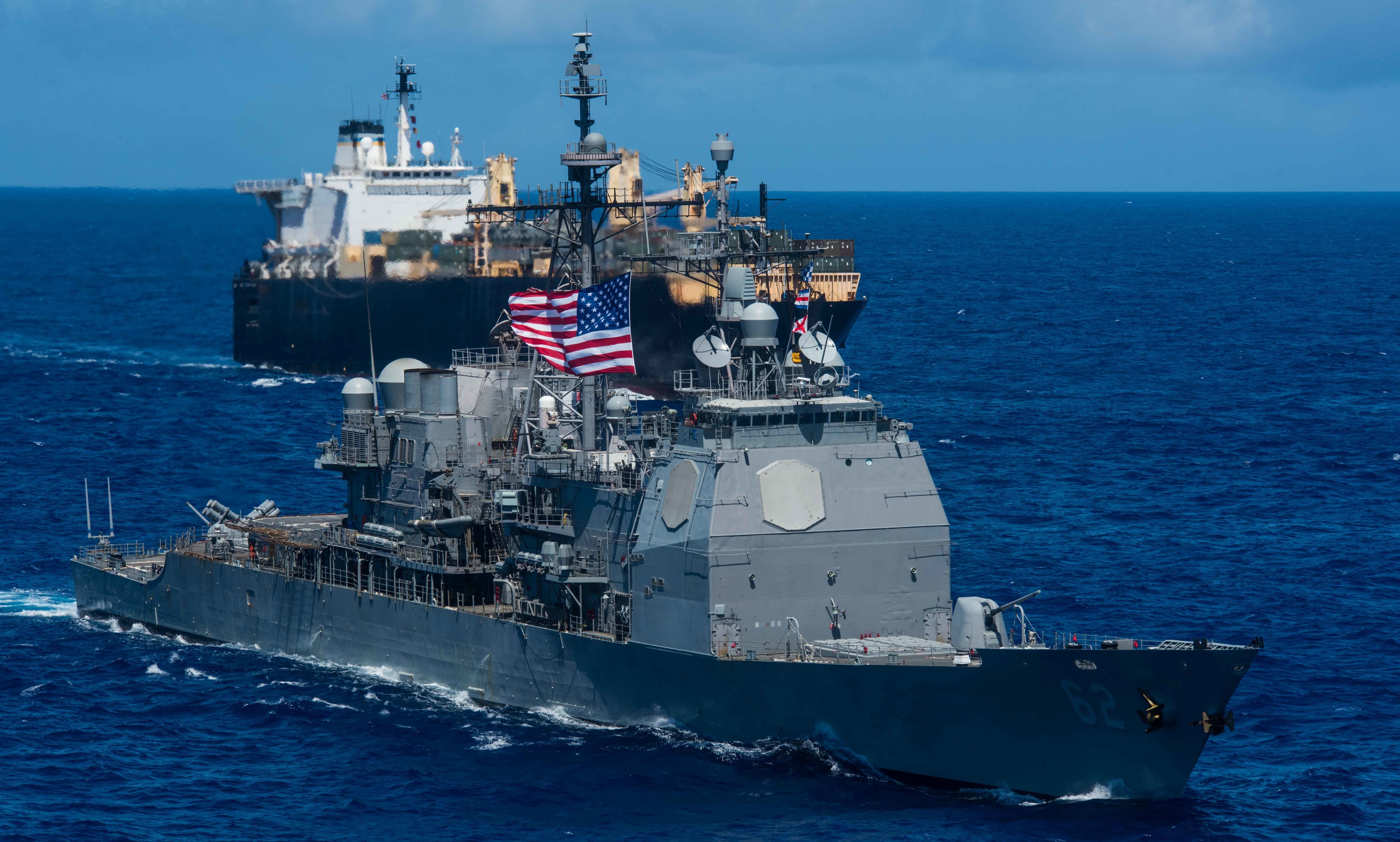ARLINGTON, Va. — The U.S. Navy is moving toward settling on an approach for recapitalizing the nation’s aged sealift fleet, moving away from a single common hull for its missions.
The sealift fleet — which is facing the prospect of an imminent collapse in capacity due to the ships either reaching or exceeding their hull life, according to the U.S. Army — is what the U.S. would use to transport up to 90 percent of Army and Marine Corps gear in the event of a major conflict overseas.
The recapitalization program, known as the Common Hull Auxiliary Multi-Mission Platform, was envisioned as a way to improve the country’s surge sealift force and replace other auxiliary ships such as hospital ships and submarine tenders with a common hull form.
But following studies last year, the Navy found one hull wouldn’t cover all the disparate functions the Navy wants to fulfill with the platform. Now the service thinks it has a better answer: two platforms.
“We started out thinking it was going to be one hull … but what we found from our own examination and from industry feedback is that these missions fall into two basic categories,” Capt. Scot Searles, the strategic and theater sealift program manager, said in a brief at the annual Surface Navy Association’s national symposium.
“One is a very volume-intensive category where you need large volume inside the ship — that’s the sealift mission where you are trying to carry a lot of Marine and Army cargo. The other bucket it falls into is the people-intensive mission. When you talk about a hospital ship or a submarine tender, those are people-intensive, and we found we didn’t need as much internal volume. It could be a smaller ship but needed more berthing capability.”
The Navy released a request for information this week to industry, in hopes of awarding a business in March to further validate the approach, Searles said. “We believe it’s going to be two hulls, but that’s still a great savings over designing five hulls,” he said.
Congress wants the Navy to start ordering hulls by 2023 to deliver by 2026, something the Navy told Congress in a report last year could be done if it ponies up the cash.
The most urgent need in the surge sealift fleet is the Ready Reserve Force, a fleet of ships run by the Maritime Administration that are in reduced operating status and spend most of their time in port waiting to be activated in case of a national emergency.
Searles said the plan is to bring newly constructed auxiliary sealift ships online and use them as maritime pre-positioning ships, then take the current pre-positioning ships — which still have plenty of life left in the hull — and move them into the Ready Reserve Force. Pre-positioning ships are operated by Military Sealift Command and deploy alongside logistics material and equipment that can be used in a crisis on short notice.
Developing the new ships will take anywhere from three to five years, Searles said. But in the meantime, the Navy plans to buy used ships off the open market and modify them for use by the Defense Department. They will also extend the lives of the current ships in the sealift force to the best of their ability.
RELATED

Collapse
In February, the Army sent a letter to Congress warning the country’s organic sealift capacity will fall below the level required to move the Army’s equipment by 2024 if the Navy does not act fast.
“Without proactive recapitalization of the Organic Surge Sealift Fleet, the Army will face unacceptable risk in force projection capability beginning in 2024,” the document says, adding that the advanced age of the current fleet adds further risk to the equation.
“By 2034, 70% of the organic fleet will be over 60 years old — well past its economic useful life; further degrading the Army’s ability to deploy forces,” the document reads.
The Army’s G-4 logistics organization also alluded to then-Defense Secretary Jim Mattis’ readiness push, adding that even the most prepared forces wouldn’t matter if they can’t reach the front line.
“Shortfalls in sealift capacity undermine the effectiveness of US conventional deterrence as even a fully-resourced and trained force has limited deterrent value if an adversary believes they can achieve their strategic objective in the window of opportunity before American land forces arrive,” the paper reads. “The Army’s ability to project military power influences adversaries’ risk calculations.”
The document reflects the Army’s growing impatience with the Navy’s efforts to recapitalize its surge sealift ships, which are composed of a series of roll-on/roll-off ships and other special-purpose vessels operated by Military Sealift Command and the Maritime Administration.
And Capitol Hill shares the Army’s view, according to two House Armed Services Committee staffers, who spoke to Defense News last year on condition of anonymity.
The Navy, which is responsible for recapitalizing the surge sealift force, put forward a budget in 2019 that called for about $242 million over the next five years, the bulk of which would go to designing and developing a new platform to replace the current vessels.
Committee lawmakers considered that amount of funding too little to make any serious inroads on recapitalization, and certainly not enough to forestall the critical shortfall identified in the information paper, the staffers said.
David B. Larter was the naval warfare reporter for Defense News.




